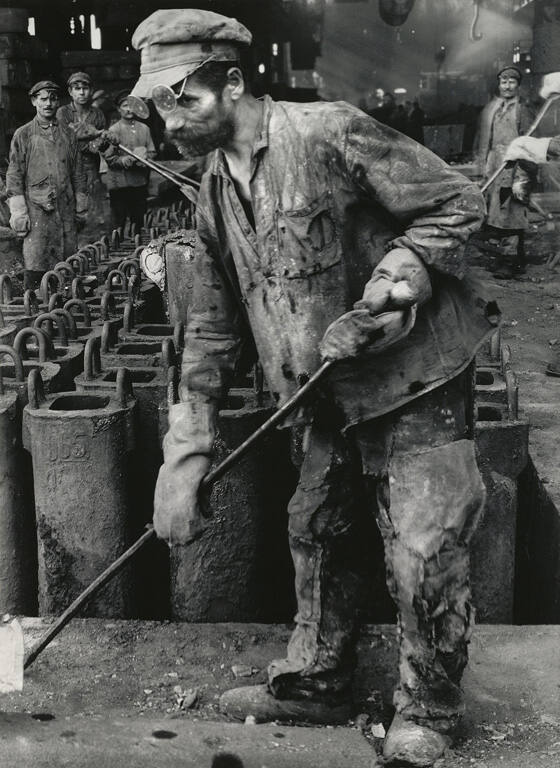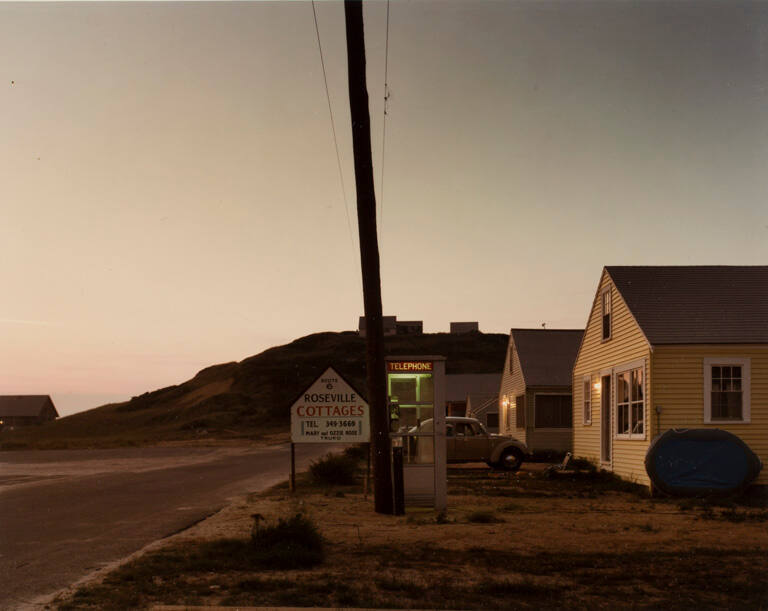Margaret Bourke-White
(American, 1904–1971)
[Iron Puddlers in Red October Rolling Mills, Stalingrad]

Object Details
Artist
Margaret Bourke-White
Date
1930 (negative), ca. 1965 (print)
Medium
Gelatin silver print
Dimensions
Image: 19 3/8 × 14 inches (49.2 × 35.6 cm)
Mount (Matted): 27 15/16 × 22 1/16 inches (71 × 56 cm)
Credit Line
Gift of the artist, Class of 1927, and LIFE Magazine
Object
Number
65.576
Bourke-White left the U.S. in June 1930 on assignment for Fortune to photograph German industry and (…)
Bourke-White left the U.S. in June 1930 on assignment for Fortune to photograph German industry and proposed to her dubious editors that she would continue on to the Soviet Union. Although no foreigners were allowed to photograph in the USSR, her personal determination and creative use of contacts eventually won her not only a visa, but also permission to photograph the country’s rapid industrialization—and even commissions from the Soviet government to provide photographs for Russian magazines. Her images capturing the breadth and ambition of Stalin’s First Five-Year Plan were the first to appear in the West. (Stephanie Wiles, “Margaret Bourke-White: From Cornell Student to Visionary Photojournalist,” January 24 –June 7, 2015)












